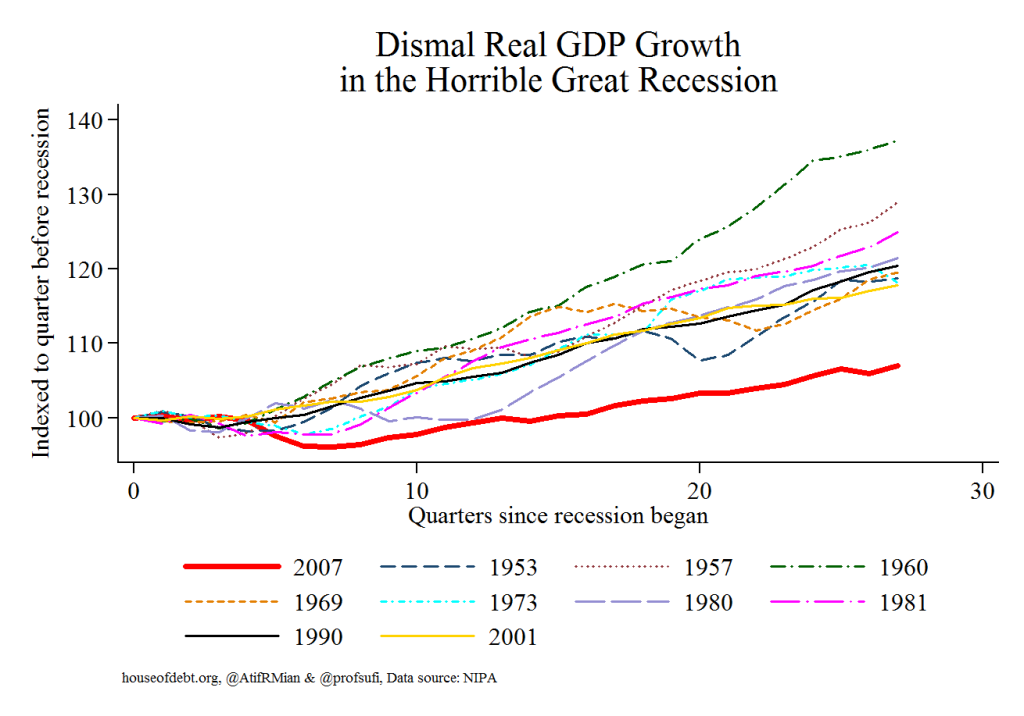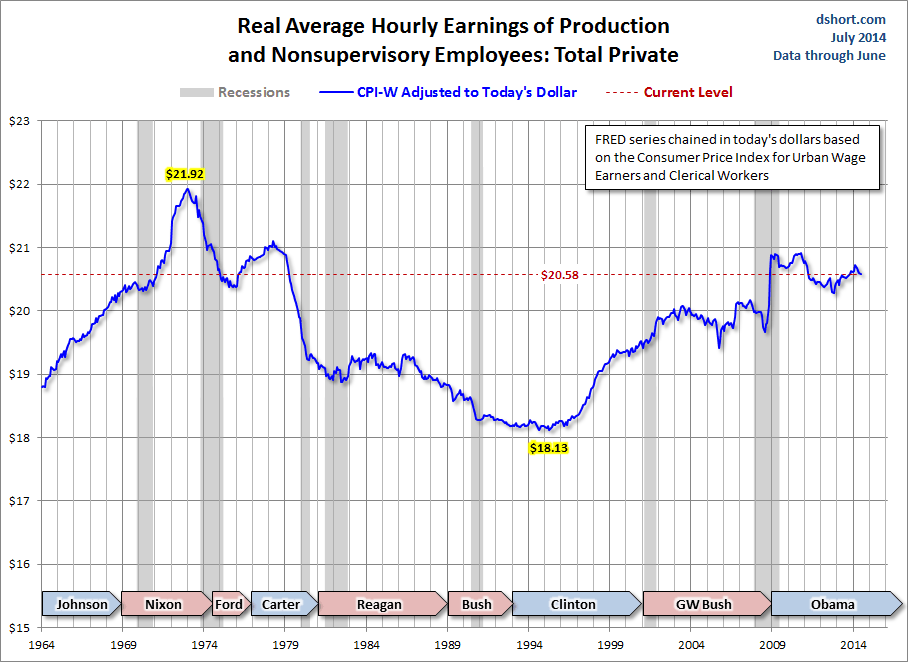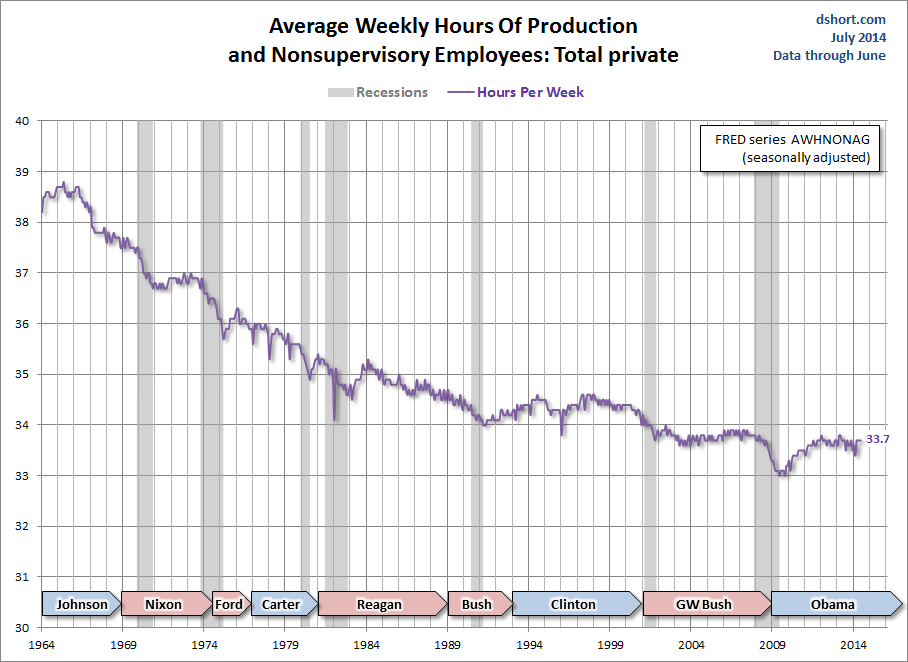According to a Reuters/Ipsos poll released on Sept. 19th, 23.9% of Americans polled from Aug. 23 through Sept. 16 said they strongly supported or tended to support the idea of their state breaking away from the country. The poll had 8,952 respondents. About 53% of them strongly opposed or tended to oppose secession, slightly less than the percentage that kept Scotland in the UK.
The exact wording of the question asked was: “Do you support or oppose the idea of your state peacefully withdrawing from the United States of America and the federal government?”
The LA Times reported the results by region:

You can see the interactive results here. They can be filtered by age, region, income, party affiliation, etc. Any way you slice it, the data are startlingly clear: Almost a quarter of those surveyed said they were strongly or provisionally inclined to leave the US, and take their states with them. Given the size of the polling sample, the online survey’s credibility interval (digital for “margin of error”) was only 1.2%, so the poll seems to be an accurate representation of where the country stands.
Politically, conservatives and Republicans seem to like the idea of leaving more than Democrats. Among people who said they identified with the Tea Party, supporters of secession were in the majority, with 53%.
Secession got more support from Republicans than Democrats, more from right-than left-leaning independents, more from younger than older people, more from lower- than higher-income brackets, more from high school than college grads. In general, men were slightly more predisposed to secession than women. Those making $25,000 a year were 11 points more favorably disposed to rebellion than those making more than $150,000 a year. But there was a marginally higher level of support in every group, especially the Rocky Mountain States, the Southwest and the old Confederacy.
Fifty years ago, most Americans would have laughed at the idea of any state or region seceding, calling it the talk of a radical or a crackpot out of touch with reality. But, with Americans becoming increasingly frustrated by the protracted economic recovery, and by big government, they seem to be expressing an interest in returning to smaller jurisdictions. In the last year or so, we’ve seen:
• Actual secession votes in California and Colorado
• More than 125,700 Texans signed a secession petition
• Secession petitions were circulated in Maryland, Arizona, and Michigan
• Wisconsin Republicans came close to voting on a secession plan this spring
Had the poll first presented lists of “This is what you will no longer have from the Feds, and have to get along without, or pay for them yourself”, the vote might have been different. Consider, for example: the FAA, all those little City, County, State “Grants”, Court Systems, Law/Medical, and various Copyright, Food inspections, education grants/research etc. Who will pay for these things?
As in Scotland, the vote might have been different if the estimated increase in taxes and other payments to fund secession were included in the discussion.
For example, earlier this year the personal finance website WalletHub.com conducted a study of the amounts individual states are paying in federal taxes compared to the amounts they are receiving. WalletHub analyzed data from the IRS, the US Census Bureau, the US Commerce Department and the Bureau of Labor Statistics.
As it turns out, it is red states that are overwhelmingly the Welfare Queen States, with Mississippi scoring the first (worst) position with 45.8% of its funding coming from the federal government. Yes, that’s right. Red States — the ones governed by folks who think government is too big and spending needs to be cut — take in more federal spending than they pay out in federal taxes.
They talk a good game, but are sticking the Blue States with the bill. WalletHub’s research demonstrates that, as a rule, the states that are the most likely to rail against “big government” are the most likely to be benefiting from it.
Secession is not illegal, unilateral secession is. A state can secede with the approval of the Federal Government by means of Constitutional amendment. A state that wants to secede legally and peacefully has to convince not only their own population but the rest of the country as well.
Think about Arizona seceding. It would be surrounded by the country it had just left and the country it seemingly hates most (Mexico) with little hope of defending itself, educating itself or paying its own way. Plus, a large number of their citizens are on Social Security and Medicare from (gasp) the United States of America. Decidedly not smart.
The question is, what do these results mean for the country?
The US hardly seems on the verge of a successful secession movement. But the poll results scale up to represent 60 million unhappy people in America, who are willing to consider secession.
This should scream out to our leaders that we are susceptible to the sophistry of a demagogue, or to a serious political reform movement.




